Bank of Canada Cuts Rates: What It Means for Businesses and Currency Markets
On October 23, 2024, the Bank of Canada (BoC) made a significant move by cutting its benchmark interest rate by 50 basis points, bringing the rate down to 3.75%. This decision comes as inflationary pressures in Canada have eased, with inflation edging closer to the central bank’s long-term target of 2%. For businesses engaged in cross-border trade or those managing foreign exchange risk, the rate cut is more than just an economic headline—it’s a pivotal moment that could influence your bottom line in several ways.
Why the Rate Cut Matters
The BoC’s rate cut is a clear response to improving inflation conditions, a relief to policymakers after months of elevated price growth. With inflation cooling off, the central bank now has room to lower borrowing costs, encouraging businesses and consumers to spend more freely. For Canadian companies, particularly those engaged in international business, the lowered interest rate can reduce financing costs and potentially boost domestic economic activity. However, this action can also have profound implications for the CAD exchange rate and the broader currency markets.
Impact on CAD
A reduction in interest rates often leads to a depreciation of the currency, as lower yields make the Canadian dollar less attractive to investors seeking higher returns. Following the BoC’s announcement, we could see increased volatility in CAD against major currencies like the USD, EUR, and GBP. If the CAD weakens, it could benefit Canadian exporters by making their goods and services more competitive abroad, but it may also raise costs for businesses importing goods or paying international vendors.
How This Affects Your Currency Strategy
For businesses that rely on international payments or foreign exchange, the BoC’s decision underscores the importance of having a robust currency risk management plan. Fluctuating exchange rates can have a direct impact on your cost base and profitability. At Dunbridge Financial, we specialize in helping businesses navigate these uncertain waters. By providing tailored solutions and personalized service, we ensure that you can manage your currency exposure and protect your business from the downside of market volatility.
What to Watch in the Coming Weeks
The BoC’s rate cut is likely just the first in a series of policy adjustments, depending on how the economy reacts to the lower rates. In the short term, expect more movement in the CAD as markets digest this policy shift. Businesses should stay agile, and those with exposure to international markets should consider whether their currency strategy is flexible enough to handle increased volatility.
Partner with Dunbridge Financial
If your business is impacted by shifting exchange rates, now is the time to evaluate your currency management approach. Dunbridge Financial’s boutique international payment services can help you navigate market volatility and optimize your international payment strategy. With expert insights and personalized support, we make sure your business is ready for whatever the market brings next.
